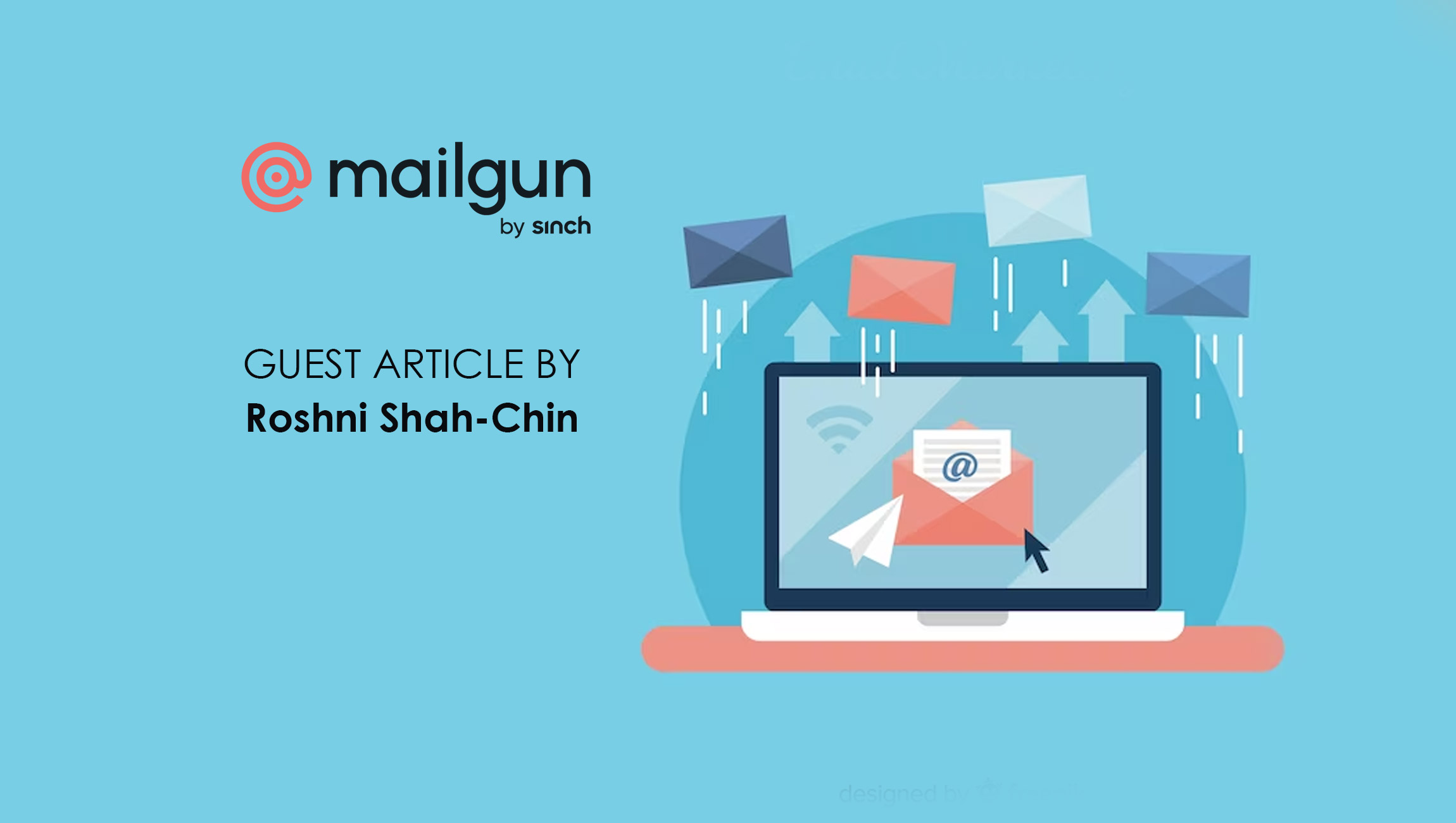A patchwork of streaming subscriptions and linear services has created a new media audience landscape.
With the rise of streaming services such as Netflix, Disney+, and Amazon Prime Video, and FAST networks like Tubi, Xumo and Pluto TV, consumers have more entertainment choices than ever before. This expansion in the number of ways viewers can access TV content, not just through traditional pay TV, has been commonly referred to as “cord-cutting.” But we’re at a point where this consumer-facing term is misleading for advertisers.
As brands try to continue to reach audiences at scale across traditional cable, satellite providers and beyond, it’s time to refocus the reality of advertising across preferred channels and screens. People aren’t cord-cutting, they’re cord-switching.
Streaming disrupted the entrenched way that people watched television, letting viewers go digital. But this manner of content delivery did not mean that consumers were necessarily cutting the cord. They simply knew what they wanted to watch and when they wanted to watch it.
Channel surfing became obsolete. They didn’t stop watching the newest hit movies or their old childhood TV favorites altogether. They didn’t stop tuning into their favorite football teams on Sundays and Mondays. People switched to what was easier and more convenient in the moment. What seemed like a wholesale change was actually just a more tailored approach to television viewing.
Marketing Technology News: MarTech Interview with Shachar Orren, CMO and Co-Founder of EX.CO
Limitations Across the Media Landscape
Soon after, streaming grew out of its honeymoon phase both for the streamers and audiences themselves. Viewer experience has changed and will continue to change in the next few years as the TV-watching ecosystem continues to fragment. While different platforms and services offered a wide range of content, the variety may not be the best option for everyone. Some viewers may still want to watch their favorite teams on live regional sports or local newscasts that providers like Netflix or Disney+ cannot offer.
Others may have limited internet access or may not be tech-savvy enough to navigate streaming services. With so many streaming platforms available, viewers may find it difficult to keep track of what content is available where. Additionally, the rise of exclusive content causes subscription fatigue, where consumers become frustrated with the number of services they need to access all of the content they want. People aren’t cord-cutting anymore – they’re just adding more subscriptions, or switching one out for another.
However, the upside of this fragmentation is precisely why “cord-switching” is the new reality. With more options available, consumers have more choices and brands have more opportunities to reach them.
Streaming, or Cable 2.0?
Cord-cutting has not been the death blow many industry speculators predicted. After years of streaming disruption via strategies that favored growth over profitability, billions of dollars of losses added up. Major streamers became desperate to turn slumping earnings predictions and future outlooks around. The globally minded, ad-free streaming models of industry titans like Netflix and Disney+ suddenly looked more and more like linear TV after each added ad-supported video-on-demand (AVOD) options. Yet even now, less than half of all viewing time to streaming is ad-supported (Nielsen Q1 2023).
At this pivot point in the market, brands need to think about the media landscape as a coexisting ecosystem rather than the siloed tracks to which they were accustomed. Millions of monthly active users on streaming are addressable and measurable, and the ability to find the right audience will only increase over time. But equally important are the engaged and attentive audiences reached via linear campaigns. Traditional cable providers can continue to reach viewers who have dropped cable via their own streaming options.
In fact, the broadband connections serving the vast majority of homes in the U.S. provided by cable providers is the key to the streaming revolution. In order for families to watch Roku on the big screen, Hulu on the iPad and YouTube TV on their phones, an internet connection from an MVPD or telecom company is required in most cases. There is a change in viewing habits, but that viewing is still largely being facilitated through cable providers’ direct connection to the home.
The key for marketers is to find the right combination of content, channel and audience demographics across all these environments. Despite the continued fragmentation of popular media, brands can still effectively reach massive audiences through a strategic combination of traditional linear TV and streaming services.
With the proliferation of cord-switchers, marketers now have more opportunities to reach consumers than ever before, particularly the light TV viewer who is frequently missed by national network campaigns. By combining the power of traditional TV advertising with the targeting capabilities of digital media, brands can create highly effective campaigns that engage consumers across multiple touchpoints.
Marketing Technology News: 5 Ways to Future Proof your eCommerce Success











